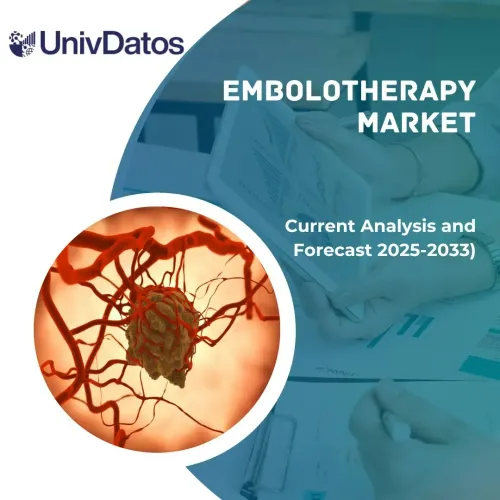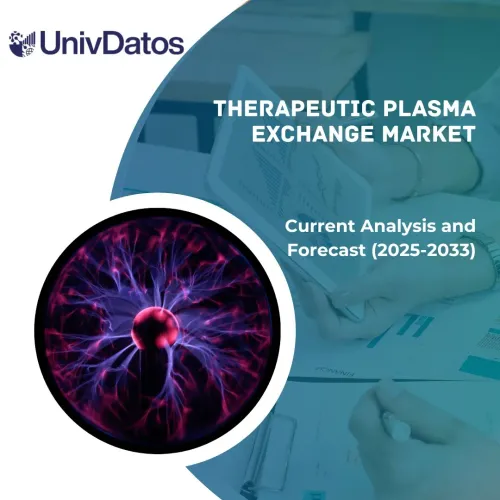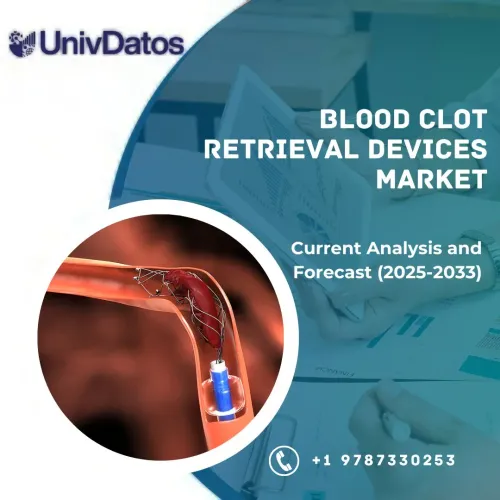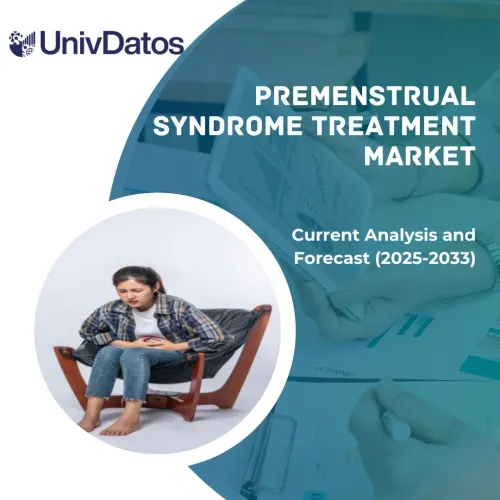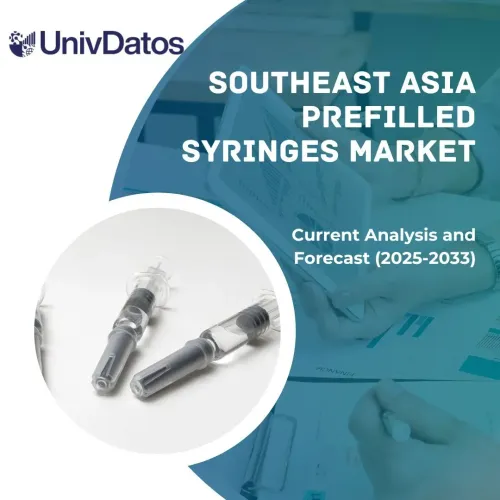- Home
- About Us
- Industry
- Services
- Reading
- Contact Us
Small Cell Lung Cancer Therapeutics Market: Current Analysis and Forecast (2023-2030)
Emphasis on Therapy Type (Immunotherapy, Targeted Therapy, Chemotherapy); Drug Type (Atezolizumab, Topotecan, Lurbinectedin, Durvalumab, Irinotecan, Etoposide, Others); Route Of Administration (Oral, Parenteral); Distribution Channel (Hospital Pharmacies, Retail Pharmacies, Online Pharmacies); and Region/Country
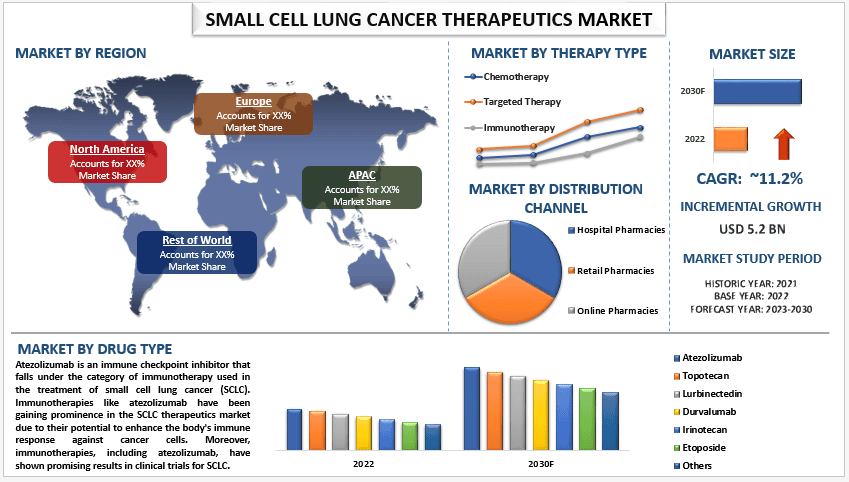
The Small Cell Lung Cancer Therapeutics Market was valued at USD 5.2 billion in 2022 & is expected to grow at a CAGR of 11.2% from 2023-2030. The small cell lung cancer (SCLC) therapeutics market refers to the pharmaceutical and biotechnology sector focused on the development, production, and sale of medications and treatments for small cell lung cancer. SCLC is a type of lung cancer that tends to grow and spread rapidly. It is typically treated with a combination of chemotherapy and radiation therapy. The prevalence of small cell lung cancer continues to be a significant driver as the disease is one of the most common types of lung cancer, necessitating a constant need for treatment options around the globe. For instance, in 2021, Most lung cancer statistics include both small cell lung cancer (SCLC) and non-small cell lung cancer (NSCLC). In general, about 10% to 15% of all lung cancers are SCLC, and about 80% to 85% are NSCLC.
Some of the major players operating in the market are F. Hoffmann-La Roche Ltd.; Novartis AG; AstraZeneca; Pfizer Inc; Merck & Co., Inc.; Bayer AG; Sanofi; Ipsen Biopharmaceuticals, Inc; Eisai Co; Jazz Pharmaceuticals. Several M&As along with partnerships have been undertaken by these players to facilitate customers with hi-tech and innovative products/technologies.
Insights Presented in the Report
“Amongst therapy type, the targeted therapy segment held a significant share of the market in 2023.”
Based on therapy type, the market is segmented into immunotherapy, targeted therapy, and chemotherapy. The targeted therapy category is expected to witness the highest CAGR during the forecast period. The targeted therapy segment in the small cell lung cancer (SCLC) therapeutics market has been gaining momentum due to advancements in precision medicine and the development of drugs that specifically target the molecular and genetic characteristics of cancer cells. Additionally, Targeted therapies are designed to target specific molecules or pathways that are involved in the growth and spread of cancer cells. This precision allows for more effective cancer cell destruction while sparing healthy cells, leading to potentially fewer side effects compared to traditional chemotherapy.
“Amongst route of administration, the parenteral segment held the higher CAGR in the market in 2023.”
Based on the route of administration, the small cell lung cancer therapeutics market has been classified into oral and parenteral. Among them, the parenteral category is to witness higher adoption of small cell lung cancer therapeutics during the forecast period. The “parenteral” route of administration in the context of the small cell lung cancer (SCLC) therapeutics market refers to the delivery of medications directly into the bloodstream, typically through injection. This route is gaining prominence in the market due to several factors. Moreover, parenteral administration allows for the rapid and precise delivery of medications directly into the bloodstream, ensuring that the drug reaches the target site quickly. In the case of SCLC, where the disease can progress rapidly, timely administration of therapies is crucial.
“North America dominated the small cell lung cancer therapeutics market in 2023.”
North America is anticipated to grow at a substantial CAGR during the forecast period. This is mainly due to North America, particularly the United States and Canada, has a well-established and advanced healthcare infrastructure. This includes a network of hospitals, research institutions, and specialized cancer centers that can provide comprehensive care for SCLC patients. Lung cancer, including SCLC, is a significant public health concern in North America. The high incidence of lung cancer in the region drives the demand for SCLC therapeutics. Moreover, North America is a hub for medical research and innovation. Leading pharmaceutical companies, academic institutions, and research organizations in the region actively work on developing new SCLC therapies, conducting clinical trials, and advancing treatment options. In addition, Pharmaceutical companies based in North America are actively involved in SCLC drug development. They may engage in partnerships, research collaborations, and acquisitions to advance their SCLC therapy portfolios growth in the region. For instance, in March 2022, Harpoon Therapeutics, Inc. declared that the U.S. FDA has approved Orphan Drug Designation for HPN328, a delta-like ligand 3 targeting TriTAC, for the treatment of SCLC..
Small cell lung cancer therapeutics Market Report Coverage
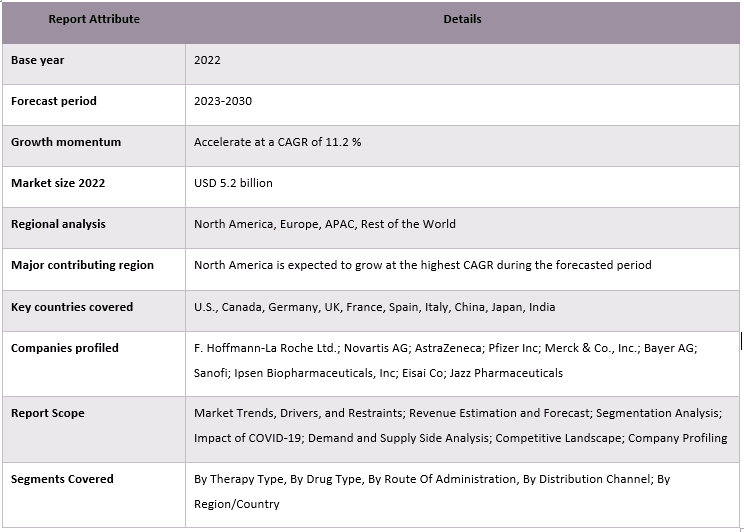
Reasons to buy this report:
- The study includes market sizing and forecasting analysis validated by authenticated key industry experts.
- The report presents a quick review of overall industry performance at one glance.
- The report covers an in-depth analysis of prominent industry peers with a primary focus on key business financials, product portfolios, expansion strategies, and recent developments.
- Detailed examination of drivers, restraints, key trends, and opportunities prevailing in the industry.
- The study comprehensively covers the market across different segments.
- Deep dive regional level analysis of the industry.
Customization Options:
The global Small cell lung cancer therapeutics market can further be customized as per the requirement or any other market segment. Besides this, UMI understands that you may have your own business needs, hence feel free to connect with us to get a report that completely suits your requirements.
Table of Content
Research Methodology for the Small cell lung cancer therapeutics Market Analysis (2022-2030)
Analyzing the historical market, estimating the current market, and forecasting the future market of the global Small cell lung cancer therapeutics market were the three major steps undertaken to create and analyze the adoption of small cell lung cancer therapeutics in major regions globally. Exhaustive secondary research was conducted to collect the historical market numbers and estimate the current market size. Secondly, to validate these insights, numerous findings and assumptions were taken into consideration. Moreover, exhaustive primary interviews were also conducted, with industry experts across the value chain of the global Small cell lung cancer therapeutics market. Post assumption and validation of market numbers through primary interviews, we employed a top-down/bottom-up approach to forecasting the complete market size. Thereafter, market breakdown and data triangulation methods were adopted to estimate and analyze the market size of segments and sub-segments of the industry pertains to. Detailed methodology is explained below:
Analysis of Historical Market Size
Step 1: In-Depth Study of Secondary Sources:
Detail secondary study was conducted to obtain the historical market size of the Small cell lung cancer therapeutics market through company internal sources such as annual reports & financial statements, performance presentations, press releases, etc., and external sources including journals, news & articles, government publications, competitor publications, sector reports, third-party database, and other credible publications.
Step 2: Market Segmentation:
After obtaining the historical market size of the Small cell lung cancer therapeutics market, we conducted a detailed secondary analysis to gather historical market insights and share for different segments & sub-segments for major regions. Major segments are included in the report as therapy type, drug type, route of administration, and distribution channel. Further country-level analyses were conducted to evaluate the overall adoption of testing models in that region.
Step 3: Factor Analysis:
After acquiring the historical market size of different segments and sub-segments, we conducted a detailed factor analysis to estimate the current market size of the Small cell lung cancer therapeutics market. Further, we conducted factor analysis using dependent and independent variables such as therapy type, drug type, route of administration, and distribution channel of the Small cell lung cancer therapeutics market. A thorough analysis was conducted for demand and supply-side scenarios considering top partnerships, mergers and acquisitions, business expansion, and product launches in the Small cell lung cancer therapeutics market sector across the globe.
Current Market Size Estimate & Forecast
Current Market Sizing: Based on actionable insights from the above 3 steps, we arrived at the current market size, key players in the global Small cell lung cancer therapeutics market, and market shares of the segments. All the required percentage shares split, and market breakdowns were determined using the above-mentioned secondary approach and were verified through primary interviews.
Estimation & Forecasting: For market estimation and forecast, weights were assigned to different factors including drivers & trends, restraints, and opportunities available for the stakeholders. After analyzing these factors, relevant forecasting techniques i.e., the top-down/bottom-up approach were applied to arrive at the market forecast for 2030 for different segments and sub-segments across the major markets globally. The research methodology adopted to estimate the market size encompasses:
- The industry’s market size, in terms of revenue (USD) and the adoption rate of the Small cell lung cancer therapeutics market across the major markets domestically
- All percentage shares, splits, and breakdowns of market segments and sub-segments
- Key players in the global Small cell lung cancer therapeutics market in terms of products offered. Also, the growth strategies adopted by these players to compete in the fast-growing market
Market Size and Share Validation
Primary Research: In-depth interviews were conducted with the Key Opinion Leaders (KOLs) including Top Level Executives (CXO/VPs, Sales Head, Marketing Head, Operational Head, Regional Head, Country Head, etc.) across major regions. Primary research findings were then summarized, and statistical analysis was performed to prove the stated hypothesis. Inputs from primary research were consolidated with secondary findings, hence turning information into actionable insights.
Split of Primary Participants in Different Regions
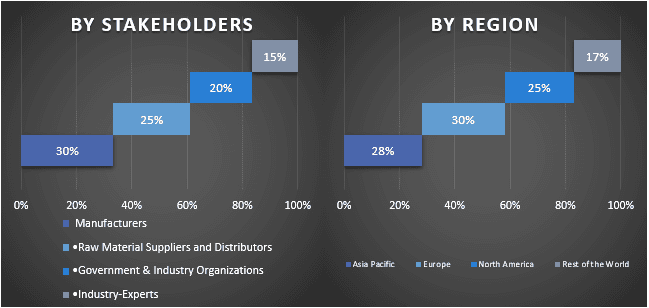
Market Engineering
The data triangulation technique was employed to complete the overall market estimation and to arrive at precise statistical numbers for each segment and sub-segment of the global Small cell lung cancer therapeutics market. data was split into several segments & sub-segments post studying various parameters and trends in the areas therapy type, drug type, route of administration, and distribution channel in the global Small cell lung cancer therapeutics market.
The main objective of the Global Small cell lung cancer therapeutics Market Study
The current & future market trends of the global Small cell lung cancer therapeutics market were pinpointed in the study. Investors can gain strategic insights to base their discretion for investments on the qualitative and quantitative analysis performed in the study. Current and future market trends determined the overall attractiveness of the market at a regional level, providing a platform for the industrial participant to exploit the untapped market to benefit from a first-mover advantage. Other quantitative goals of the studies include:
- Analyze the current and forecast market size of the Small cell lung cancer therapeutics market in terms of value (USD). Also, analyze the current and forecast market size of different segments and sub-segments
- Segments in the study include areas of the therapy type, drug type, route of administration, and distribution channel
- Define and analysis of the regulatory framework for the Small cell lung cancer therapeutics industry
- Analyze the value chain involved with the presence of various intermediaries, along with analyzing customer and competitor behaviors of the industry
- Analyze the current and forecast market size of the Small cell lung cancer therapeutics market for the major region
- Major countries of regions studied in the report include Asia Pacific, Europe, North America, and the Rest of the World
- Company profiles of the Small cell lung cancer therapeutics market and the growth strategies adopted by the market players to sustain in the fast-growing market
- Deep dive regional level analysis of the industry
Frequently Asked Questions FAQs
Q1: What is the current market size and growth potential of the global small cell lung cancer therapeutics market?
Q2: What are the driving factors for the growth of the global small cell lung cancer therapeutics market?
Q3: Which segment has the largest share of the global small cell lung cancer therapeutics market by drug type?
Q4: What are the emerging opportunities in the global small cell lung cancer therapeutics market?
Q5: Which region will dominate the global small cell lung cancer therapeutics market?
Q6: Who are the key players operating in the global small cell lung cancer therapeutics market?
Related Reports
Customers who bought this item also bought



